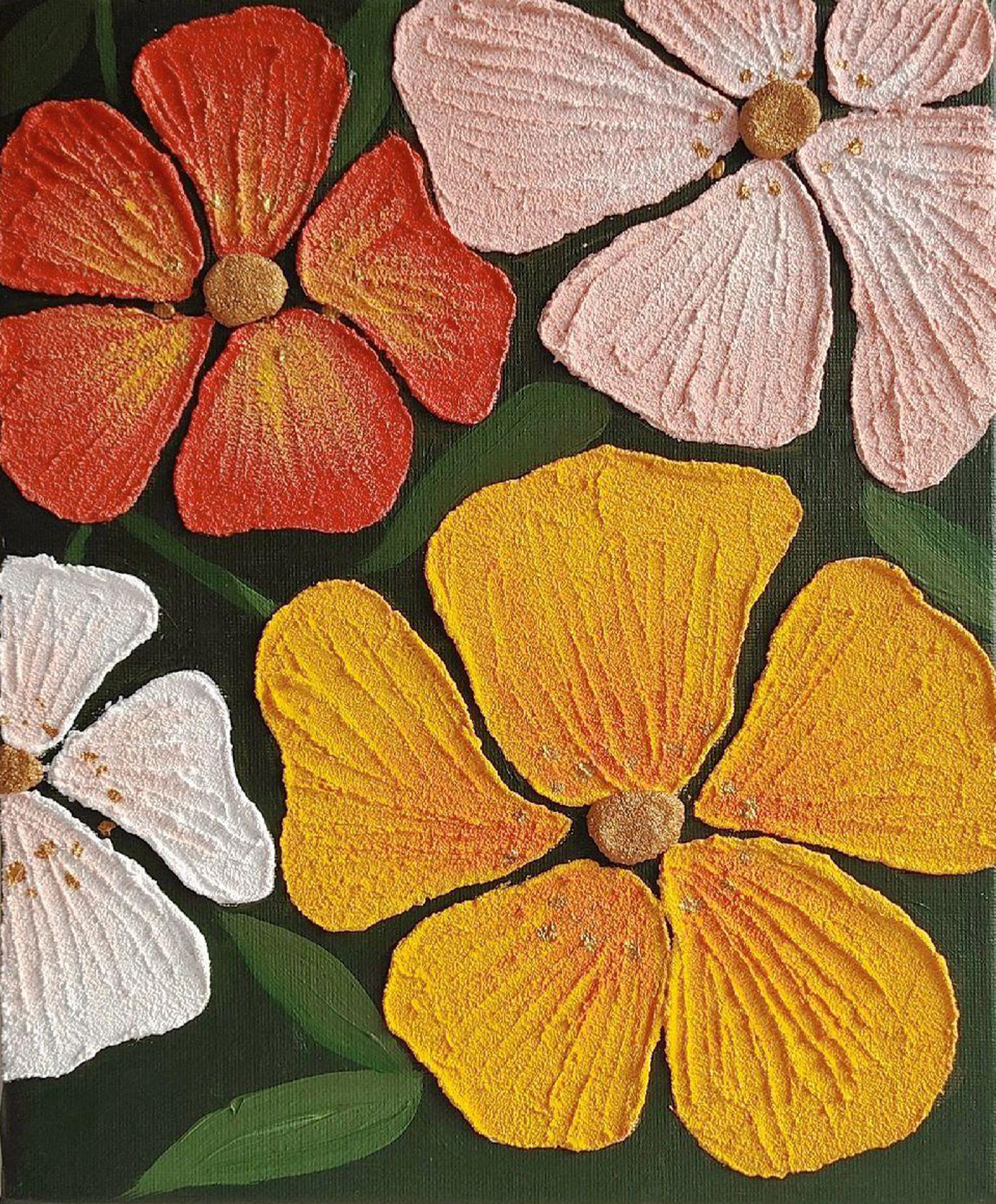Introduction: The Magic of Color in Oil Painting
For any oil painting beginner, mastering color mixing is one of the most essential skills. Whether you’re painting landscapes, portraits, or still life, understanding how to create the right colors can make or break your artwork. In this blog, we’ll explore how to mix colors effectively using a floral subject—flowers! You’ll learn how to create a harmonious color palette and understand the basics of oil paint pigments.
The Primary Colors: Building Your Palette
The foundation of color mixing starts with the primary colors—red, blue, and yellow. By blending these three hues, you can create a wide range of colors. For example, mixing red and yellow gives you orange, blue and yellow create green, and red and blue produce purple. As you begin your flower painting, you’ll need to mix these basic colors to match the shades of petals and leaves.
Creating Realistic Flower Colors
Let’s say you’re painting a red rose. Mix a rich crimson or cadmium red with a hint of white to create a lighter tone for the petals. You may add a touch of yellow ochre to warm it up or a bit of blue to cool the shadowed areas. This process of layering colors is essential for creating realistic effects in oil painting.
For the green leaves of your flower, start with a combination of yellow and blue. For lighter greens, mix in some white; for darker shades, use a bit of brown or black. Remember, flowers are rarely just one color, so experimenting with various tones will bring life and dimension to your painting.
A Beginner’s Story: The Importance of Patience
When I first started painting, I remember feeling overwhelmed by all the colors on my palette. I spent hours mixing colors and testing them on the canvas. One day, while painting a bouquet of lilies, I made a mistake and mixed a purple shade that didn’t look quite right. But rather than erasing it, I added more layers of different tones, which ended up giving the flowers incredible depth and texture. Sometimes, mistakes lead to the most beautiful discoveries in painting.
Conclusion: Practice Makes Perfect
The key to mastering color mixing is practice. With every brushstroke, you’ll get better at understanding how colors interact and how to create the perfect tones for your flowers. So, don’t be discouraged by initial challenges—keep experimenting, and soon you’ll be mixing vibrant, realistic colors like a pro!
Reference Reading
“How to Get Started with Simple Oil Painting: Painting Flowers for Beginners“
